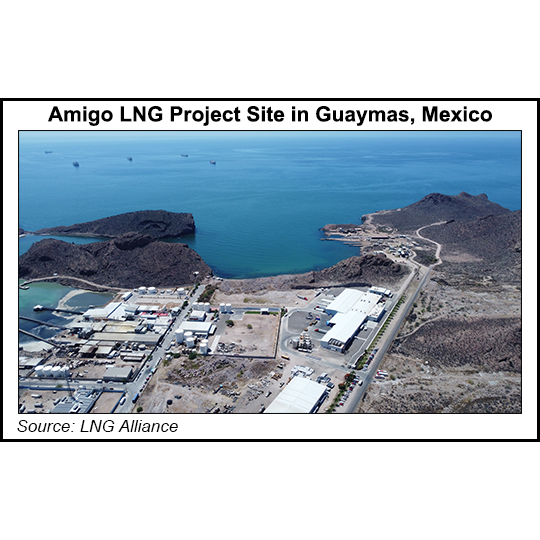Mexico has big plans to become an LNG export powerhouse, but it might not have the pipelines or available capacity to do so, according to experts.
“Is there enough capacity and pipelines to support these projects? I don’t think so,” said the head of the Gadex consultancy, Eduardo Prud’homme, on Monday at the LDC Gas Forums’ U.S.-Mexico show in San Antonio, TX.
Mexico plans to import gas from the United States for its liquefied natural gas export projects, which means securing upstream capacity. There is also competition for gas from around 10 other LNG export projects planned in the United States.
“There are a lot of moving parts that need to work in cohesion for these Mexico LNG projects to happen,” NGI’s Andrew Baker, senior editor, said during the event....



